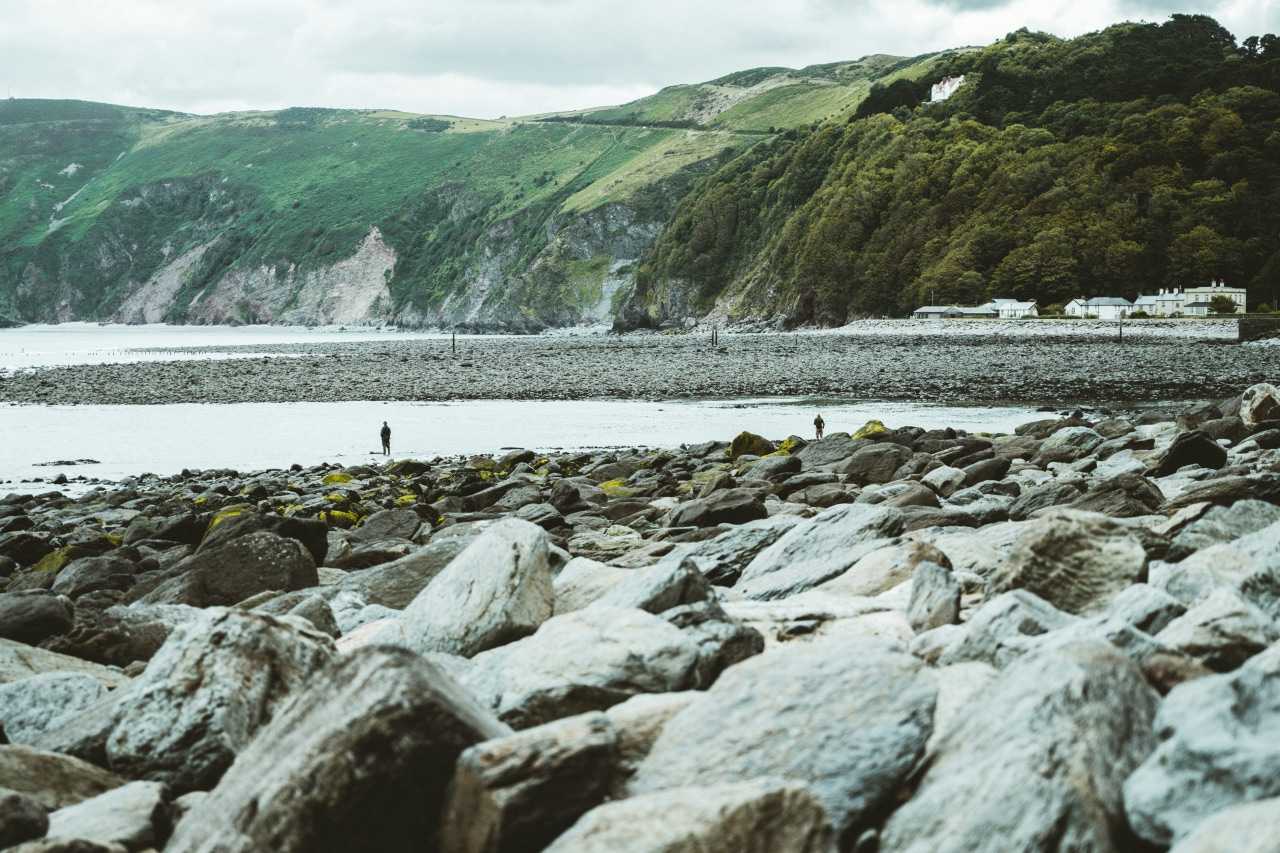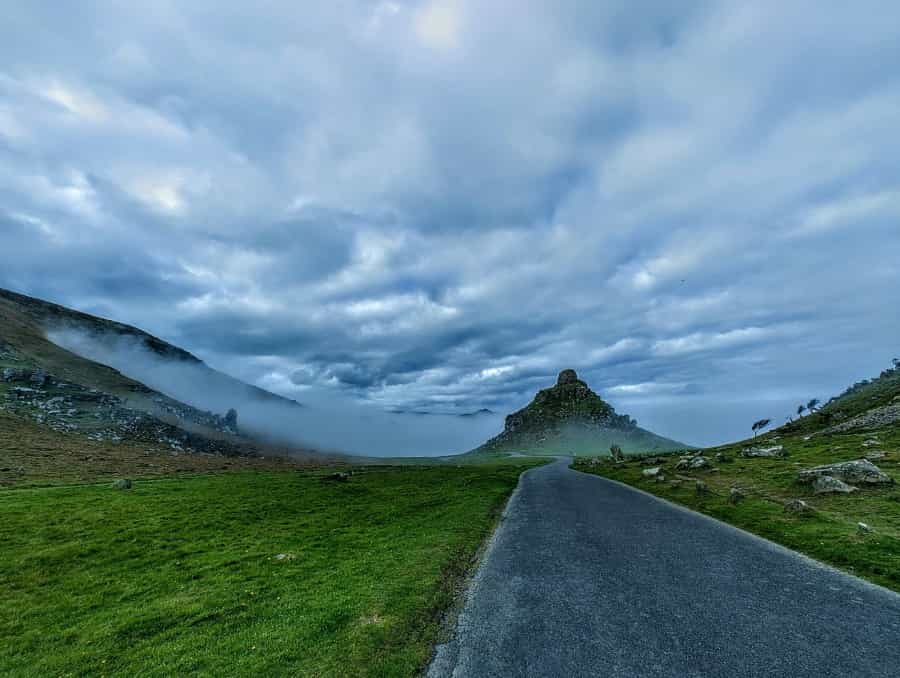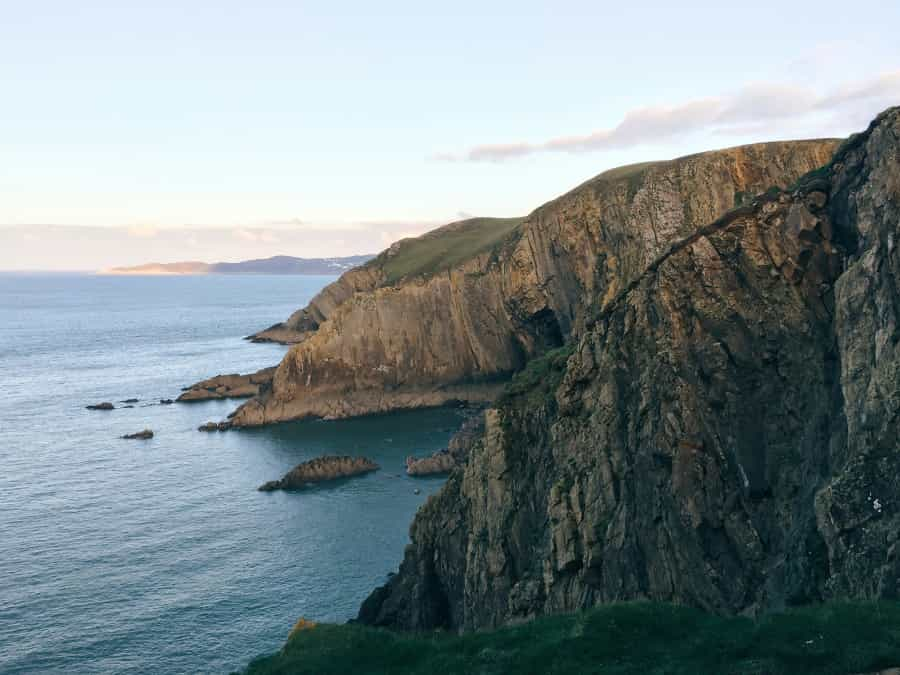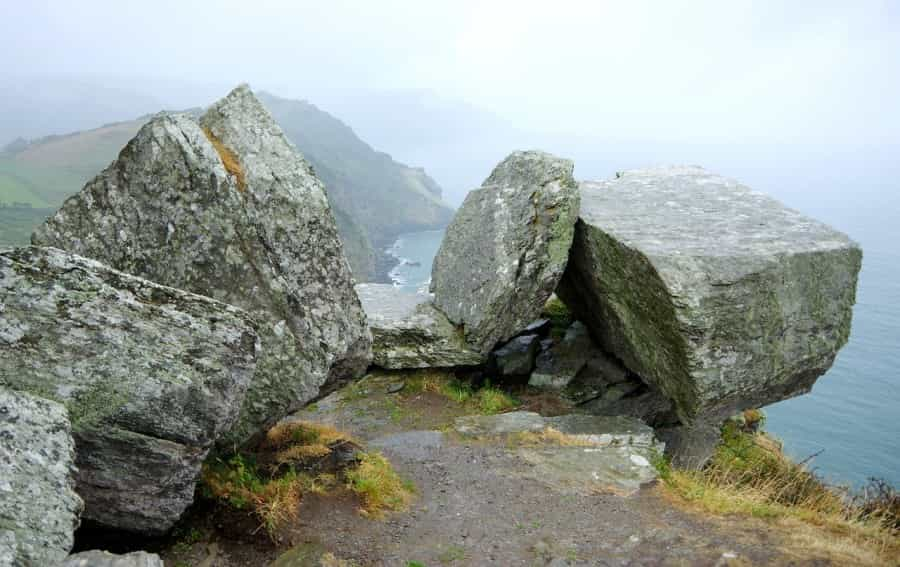Climbing on Exmoor

Exmoor is sometimes overlooked as a climbing destination, but the high cliffs and rocky beaches on the national park’s coastline between Minehead and Combe Martin nevertheless have several sites that offer up some good challenges for both bouldering and trad climbing. From the cliffs at Hurlstone Point to the Valley of Rocks, our guide to Exmoor climbing and bouldering will let you in on a few little-known spots where you’ll find plenty to keep you busy.
One vital point to remember if you’re exploring these coastal areas is that access to many of the sites is restricted by the huge tidal range along the Bristol Channel, which can vary by as much as 14 metres. The best time to start a trip is when the water is on its way out at half-tide, and it’s essential to make sure you have time to retreat before the sea comes back in.

Bouldering in Exmoor
Bouldering requires no ropes or harnesses, and is great for developing core strength, flexibility and coordination. Here’s our pick of the best Exmoor bouldering sites:
Valley of Rocks
High up on the cliffs just outside Lynton with great views of the coast, this popular site has a variety of low- to mid-range bouldering problems around Castle Rock, as well as trad climbing routes on the flat-topped rock itself. The 20-metre pinnacle known as The Devil’s Cheesewring features several trad routes including The Olympic Wall and The Crack of Doone, while nearby Icarus is a testing route on an exposed pillar. UK Climbing’s excellent Valley of Rocks page has details and descriptions of both bouldering problems and trad routes in the valley.
Bossington Beach/Hurlstone Point
Alongside a range of trad climbing routes (see below), Hurlstone Point has some good opportunities for bouldering on the Bossington Beach Crag. Handily, this is a spot that is unaffected by the tide. The area to the west of Hurlstone Point at the eastern end of Bossington Beach has been called a ‘boulderer’s playground’ by UK Climbing, and the cliff walls behind the beach feature numerous problems on the Five-Metre Wall, Martin’s Roof and the Raindancer Wall. UK Climbing’s Hurlstone page has a list with technical details.
To get there, park at the Bossington Beach National Trust car park and head east along the beach.
Lynmouth beaches
The zawns (narrow sea gorges or inlets) and beaches to the east and west of Lynmouth have places to test your bouldering prowess, including sea caves, overhangs, high walls and free-standing boulders. UK Climbing’s Lynmouth page is the place to find directions and technical details.
There's parking at Lynmouth Harbour; to find climbing sites walk east for five minutes along the beach, but remember to keep an eye on the tide.
Trad climbing in Exmoor
Hurlstone Point
Probably the best known of Exmoor’s coastal climbing sites, Hurlstone Point is largely tidal but easily accessible, and has lots of routes on its cliffs for intermediate and experienced climbers to take on. Providing the tide is right, the solid, 25-metre Fledgling Wall has some deep cracks and is a good place to start. One exception to the tidal rule is the 60-metre Coastguard Wall, although the lower section here is a little patchy, so should be explored with care. Check out UK Climbing’s Hurlstone page for more information.
Parking is the same as for Bossington Beach, and you can walk in on the coast path for around 15 minutes to the former Coastguard lookout, where there’s a grassy zig-zag path that will take you to the foot of the cliffs.
There are some great hikes on the cliffs around Hurlstone Point too. If you’re fond of a seaside or moorland walk, check out Pitchup’s Exmoor hiking guide.
Baggy Point

Although Baggy Point is just outside the national park, it's such an enduring local favourite that it would be criminal not to mention for those planning a climbing trip in the South West. The towering sandstone and quartzite sea cliffs here are home to superb mid-range to expert slab routes from the popular Kinky Boots on the Promontory Main Slab to the truly challenging Cheesegrater Cliff and Concrete Wall. UK Climbing’s Baggy Point page provides the lowdown on all of the routes.
A good way to get there is to park at the National Trust car park in Croyde Bay and enjoy the views on the easy walk in. The point overlooks the beaches at Putsborough and Croyde, so you could combine a memorable trad climbing trip with a spot of surfing or a paddle.

Local climbing resources
Climbers themselves are usually the best sources of information on sites, routes and local conditions. Here are some useful Exmoor guides:
Climber magazine’s guide to the Exmoor coast
Climbing activist Martin Crocker’s guide to the Exmoor coast
Exmoor Climbing Club on Facebook
Exmoor Adventures – guided climbs in the Valley of Rocks

Rock climbing on Exmoor is one of the national park’s lesser-known activities, but the upside of this is that you’ll often have sites to yourself. The bouldering opportunities in particular are well worth some research and investigation – being entirely coastal, wherever you decide to climb, you’ll be treated to some amazing views.
If you’re looking for somewhere to camp during your Exmoor climbing trip, take a look at Pitchup’s best campsites on Exmoor.